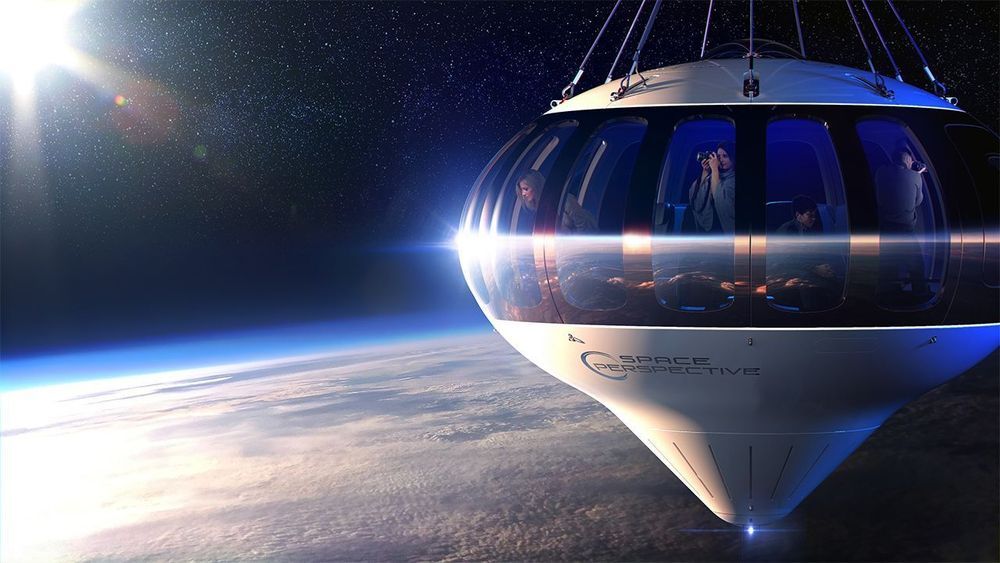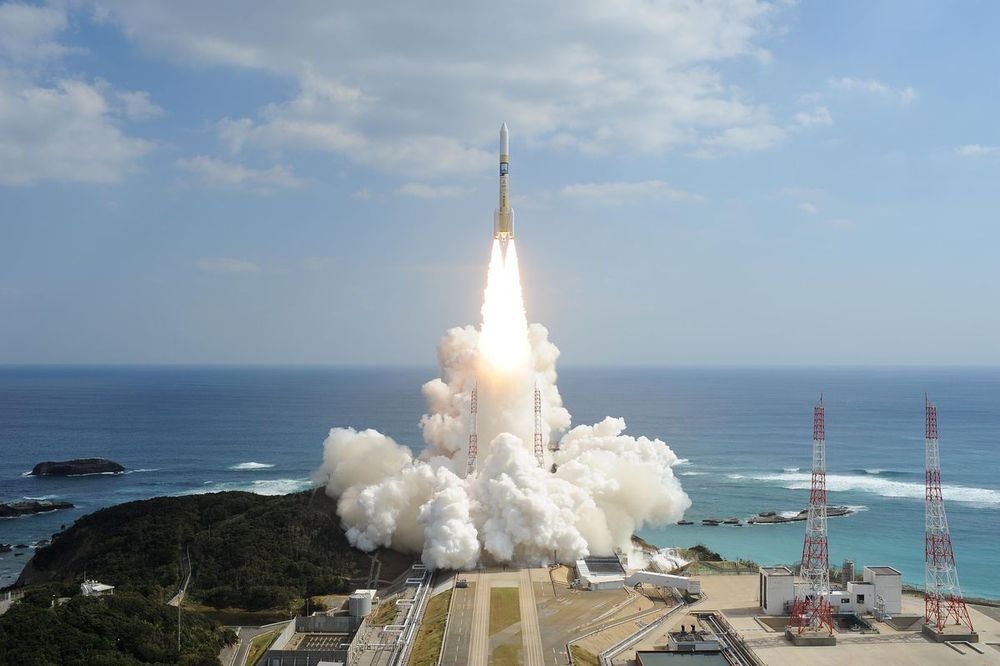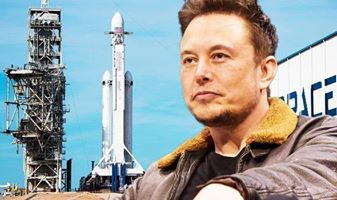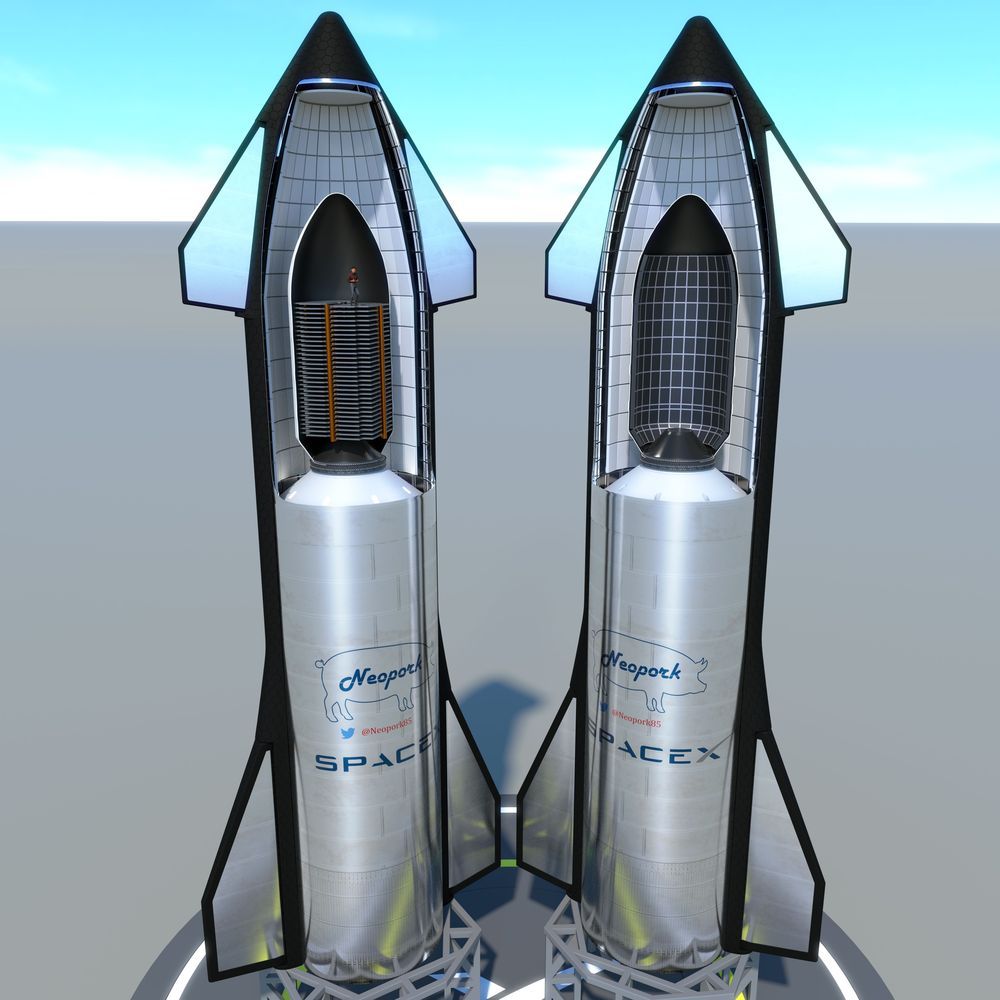SpaceX and NASA have been working together to develop a means to transport humans to and from the International Space Station.



ANCHORAGE, Alaska — A company wants to use an advanced balloon to fly customers from Earth’s surface in Alaska to the highest reaches of the planet’s atmosphere.
Florida-based startup firm Space Perspective plans to use the Pacific Spaceport Complex in Kodiak to serve as one of the launch sites for the vehicle, called the Spaceship Neptune, The Anchorage Daily News reported Sunday.
The balloon rides will be manned by a flight crew taking eight passengers in a pressurized capsule suspended beneath a hydrogen balloon the size of a football stadium.


Optical frequency synthesizers – systems that output laser beams at precise and stable frequencies – have proven extremely valuable in a variety of scientific endeavors, including space exploration, gas sensing, control of quantum systems, and high-precision light detection and ranging (LIDAR). While they provide unprecedented performance, the use of optical frequency synthesizers has largely been limited to laboratory settings due to the cost, size, and power requirements of their components. To reduce these obstacles to widespread use, DARPA launched the Direct On-Chip Digital Optical Synthesizer (DODOS) program in 2014. Key to the program is the miniaturization of necessary components and their integration into a compact module, enabling broader deployment of the technology while unlocking new applications.
To accomplish its goals, DODOS is leveraging advances in microresonators – tiny structures that store light in microchips – to produce optical frequency combs in compact integrated packages. Frequency combs earn their name by converting a single-color input laser beam into a sequence of many additional colors that are evenly spaced and resemble a hair comb. With a sufficiently wide array of comb “teeth,” innovative techniques to eliminate noise become possible that make combs an attractive option for systems needing precise frequency references.
Until recently, creating frequency combs from microresonators was a complex affair that required sophisticated control schemes, dedicated circuitry, and oftentimes, an expert scientist to carefully observe and fine-tune the operation. This is primarily due to the sensitive properties of the microresonator, which needs the perfect amount of light at a special operating frequency – or color – to be provided by an input laser in order for the comb to turn on and even then, producing a coherent or stable comb state could not be guaranteed every time.

EVANSTON, Ill.— Packing for outer space? Here’s one thing you won’t want to forget.
Northwestern University researchers have synthesized a new form of melanin enriched with selenium. Called selenomelanin, this new biomaterial shows extraordinary promise as a shield for human tissue against harmful radiation.
“Given the increased interest in space travel, and the general need for lightweight, multifunctional and radioprotective biomaterials, we’ve become excited about the potential of melanin,” said Northwestern’s Nathan Gianneschi, who led the research. “It occurred to our postdoctoral fellow Wei Cao that melanin containing selenium would offer better protection than other forms of melanin. That brought up the intriguing possibility that this as-yet undiscovered melanin may very well exist in nature, being used in this way. So we skipped the discovery part and decided to make it ourselves.”
The Falcon 9, SpaceX’s most commonly-used rocket, has completed another successful droneship landing.

Featured image source: spacex / NASA
SpaceX performed its first crewed mission to the International Space Station (ISS) on May 30th. The Demo-2 mission launched NASA Astronauts Robert Behnken and Douglas Hurley aboard the Crew Dragon spacecraft, atop a Falcon 9 rocket, from Florida’s Kennedy Space Center. The astronaut duo arrived at the station on May 31st. They have been performing vital tasks since, while Dragon remains docked to the ISS Harmony module. Dragon is actively monitored from SpaceX’s mission control station and also by the astronauts.
👨🚀 🌔 A historic first on the Moon 🛰️ 🪐 Spacecraft arrivals at Jupiter and Saturn 🚀 🔴 Mars launches and landings.
Space exploration doesn’t take a summer break! A look at NASA History milestones from the month of July:

